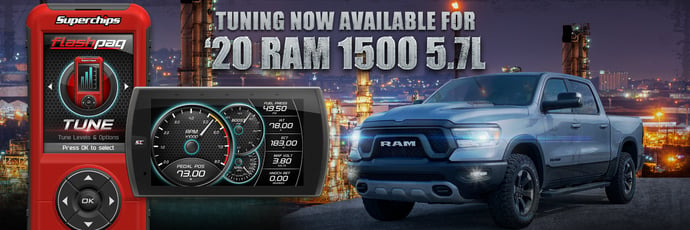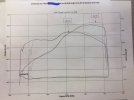Dusty1948
Ram Guru
- Joined
- Jul 14, 2018
- Messages
- 1,251
- Reaction score
- 853
- Points
- 113
- Age
- 77
- Location
- Rochester, New York
Ah. No problem.I agree. I was comparing the 6.2 to my old 5.3, not the Hemi. Sorry for the confusion there...
Best regards,
Dusty
2019 Ram 1500 Billet Silver Laramie Quad Cab 2WD, 5.7 Hemi, 8HP75, 3.21 axle, 33 gallon fuel tank, factory dual exhaust, 18” wheels. Build date: 03 June 2018. Now at: 045634 miles.
















